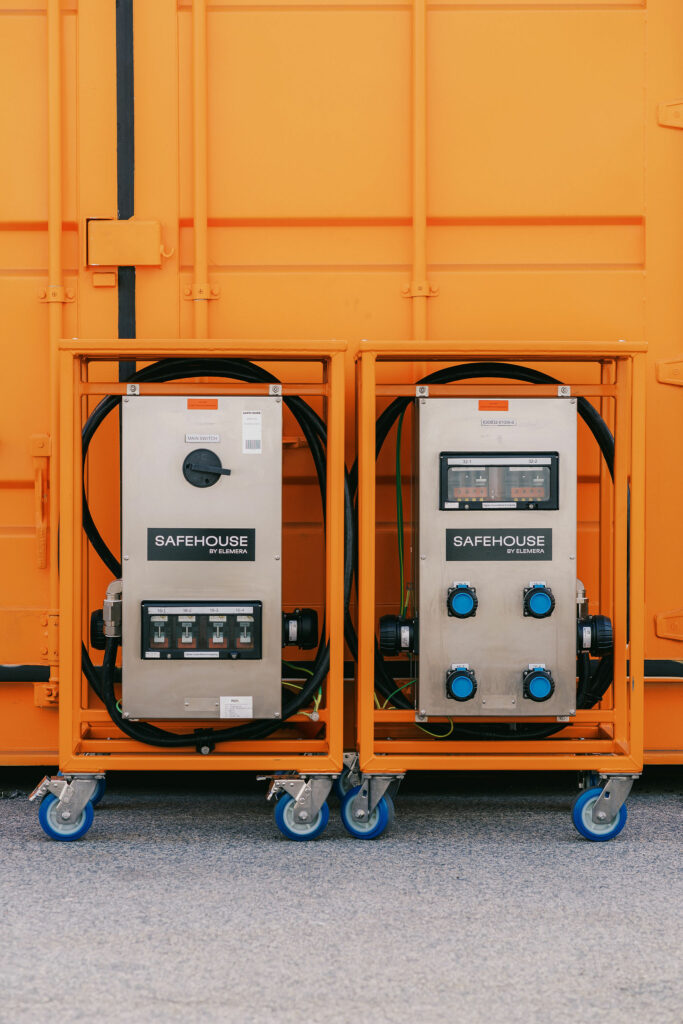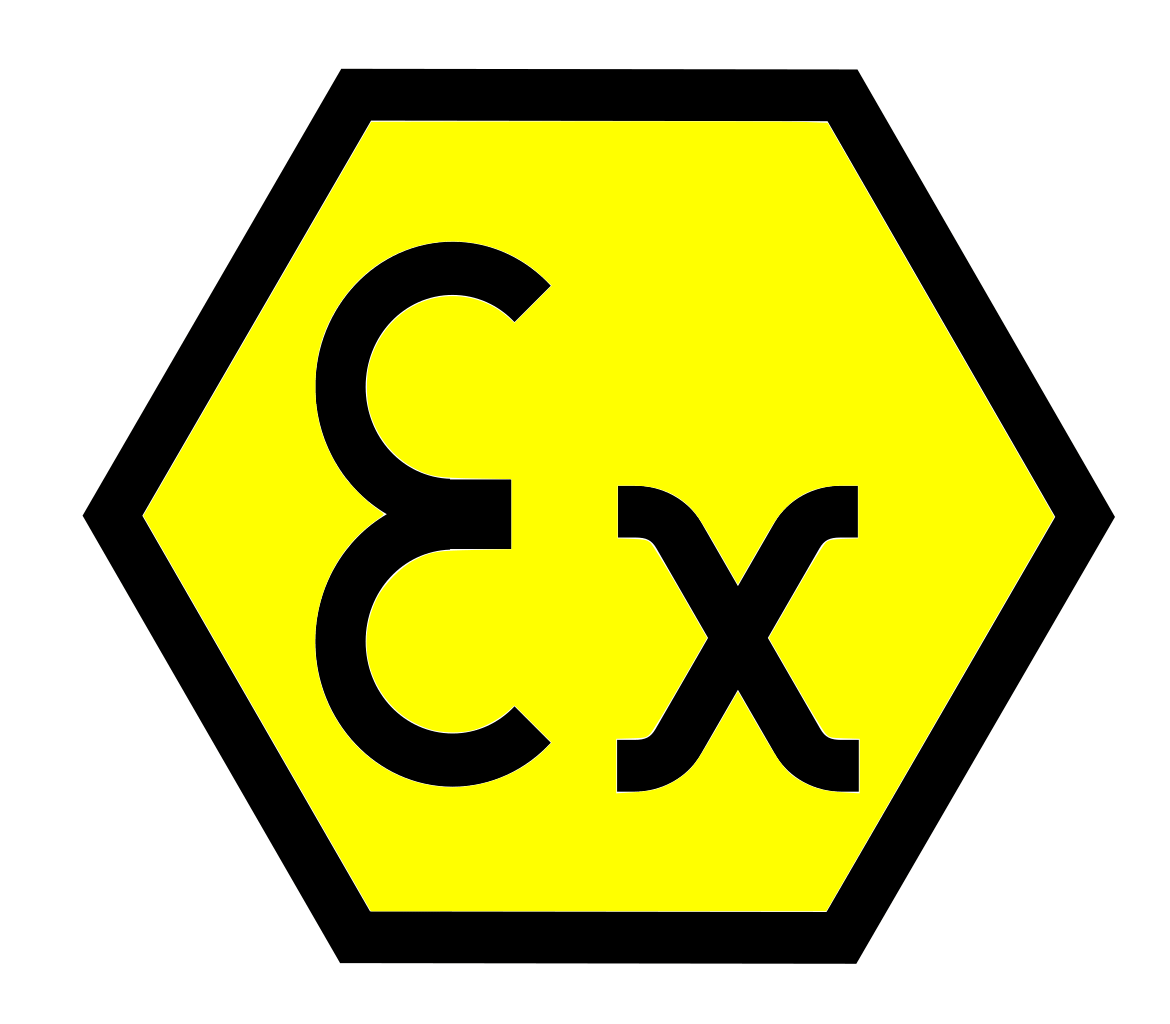The Only Guide for Roar Solutions
The Only Guide for Roar Solutions
Blog Article
Get This Report about Roar Solutions
Table of Contents7 Simple Techniques For Roar SolutionsAll about Roar SolutionsNot known Incorrect Statements About Roar Solutions
In order to secure installations from a possible explosion a method of evaluating and classifying a potentially hazardous location is called for. The purpose of this is to make certain the correct selection and setup of tools to eventually stop an explosion and to make sure safety of life.
(https://www.dreamstime.com/thomascarrillo4740_info)
No equipment should be set up where the surface temperature level of the devices is better than the ignition temperature level of the offered risk. Below are some common dirt harmful and their minimal ignition temperature level. Coal Dust 380C 225C Polythene 420C (melts) Methyl Cellulose 420C 320C Starch 460C 435C Flour 490C 340C Sugar 490C 460C Grain Dust 510C 300C Phenolic Material 530C > 450C Aluminium 590C > 450C PVC 700C > 450C Residue 810C 570C The probability of the threat existing in a focus high sufficient to cause an ignition will differ from place to place.
In order to categorize this danger a setup is split into locations of danger depending upon the quantity of time the unsafe is existing. These areas are referred to as Areas. For gases and vapours and dirts and fibres there are 3 areas. Zone 0 Area 20 An unsafe atmosphere is very likely to be present and might exist for long durations of time (> 1000 hours annually) and even continually Area 1 Zone 21 An unsafe ambience is possible however unlikely to be existing for lengthy durations of time (> 10 450 C [842 F] A classification of T6 suggests the minimum ignition temperature is > 85 C [185 F] Harmful area electric devices possibly created for usage in higher ambient temperature levels. This would showed on the score plate e.g. EExe II C T3 Ta + 60C( This implies at 60C ambient T3 will certainly not be surpassed) T1 T1, T2, T3, T4, T5, T6 T2 T2, T3, T4, T5, T6 T3 T3, T4, T5, T6 T4 T4, T5, T6 T5 T5, T6 T6 T6 A T Course rating of T1 indicates the maximum surface area temperature produced by the tool at 40 C is 450 C. Presuming the linked T Class and Temperature level rating for the devices are appropriate for the area, you can constantly use a tool with a more rigid Department rating than needed for the location. There isn't a clear response to this inquiry. It really does depend upon the kind of equipment and what fixings require to be executed. Devices with details test treatments that can't be carried out in the area in order to achieve/maintain 3rd party score. Have to come back to the factory if it is prior to the devices's solution. Area Repair By Authorised Worker: Challenging screening might not be required however details procedures may need to be complied with in order for the tools to keep its 3rd party rating. Authorised workers need to be used to execute the work properly Repair work should be a like for like replacement. New element should be taken into consideration as a straight substitute needing no unique testing of the equipment after the repair work is total. Each tool with a harmful score ought to be evaluated individually. These are outlined at a high level below, yet for even more comprehensive details, please refer straight to the standards.
How Roar Solutions can Save You Time, Stress, and Money.
The equipment register is a detailed database of devices documents that includes a minimum collection of areas to determine each thing's place, technological parameters, Ex lover category, age, and environmental data. This details is important for monitoring and managing the devices properly within dangerous locations. On the other hand, for periodic or RBI sampling examinations, the grade will be a mix of Thorough and Close evaluations. The proportion of Thorough to Shut examinations will be determined by the Devices Threat, which is assessed based on ignition danger (the chance of a resource of ignition versus the chance of a flammable environment )and the harmful location category
( Area 0, 1, or 2). This variant will certainly also influence the resourcing demands for work prep work. Once Whole lots are defined, you can establish tasting strategies based upon the example size of each Great deal, which refers to the number of random devices products to be examined. To figure out the needed example size, two elements need to be assessed: the size of the Great deal and the classification of assessment, which suggests the level of effort that ought to be applied( reduced, normal, or increased )to the evaluation of the Great deal. By combining the category of inspection with the Whole lot dimension, my website you can after that establish the suitable rejection standards for an example, indicating the permitted number of faulty things located within that sample. For even more information on this process, please refer to the Power Institute Guidelines. The IEC 60079 common suggests that the maximum period in between assessments ought to not exceed 3 years. EEHA assessments will additionally be carried out outside of RBI projects as component of scheduled upkeep and devices overhauls or repairs. These examinations can be attributed toward the RBI example sizes within the influenced Lots. EEHA examinations are carried out to identify mistakes in electrical devices. A weighted racking up system is crucial, as a solitary item of devices might have multiple faults, each with differing levels of ignition danger. If the combined rating of both evaluations is much less than twice the mistake rating, the Great deal is regarded acceptable. If the Whole lot is still considered unacceptable, it must undertake a full assessment or justification, which might trigger stricter assessment protocols. Accepted Great deal: The reasons for any faults are recognized. If a common failure setting is located, extra tools might require assessment and fixing. Faults are categorized by extent( Safety, Stability, Home cleaning ), ensuring that urgent problems are examined and resolved quickly to alleviate any effect on safety and security or procedures. The EEHA data source should track and tape-record the lifecycle of faults together with the rehabilitative activities taken. Applying a durable Risk-Based Inspection( RBI )strategy is essential for making sure conformity and safety and security in taking care of Electrical Equipment in Hazardous Areas( EEHA) (hazardous area course). Automated Mistake Rating and Lifecycle Administration: Effortlessly manage faults and track their lifecycle to enhance inspection precision. The intro of this assistance for risk-based assessment additionally enhances Inspectivity's position as a best-in-class service for regulatory conformity, along with for any kind of asset-centric assessment usage case. If you are interested in learning extra, we welcome you to request a demonstration and uncover exactly how our service can transform your EEHA monitoring processes.
How Roar Solutions can Save You Time, Stress, and Money.

In regards to explosive threat, a harmful area is an atmosphere in which an explosive ambience is present (or might be expected to be existing) in quantities that call for special preventative measures for the construction, installment and use equipment. eeha training. In this post we discover the obstacles dealt with in the workplace, the danger control steps, and the required expertises to function securely
It issues of modern-day life that we manufacture, keep or take care of a variety of gases or fluids that are regarded flammable, and a series of dirts that are deemed combustible. These materials can, in certain conditions, develop eruptive ambiences and these can have major and heartbreaking effects. Most of us recognize with the fire triangle eliminate any kind of among the 3 elements and the fire can not occur, however what does this mean in the context of harmful locations? When damaging this down right into its most basic terms it is basically: a mix of a particular amount of release or leak of a particular substance or material, blending with ambient oxygen, and the visibility of a resource of ignition.
In a lot of instances, we can do little concerning the degrees of oxygen airborne, however we can have substantial impact on resources of ignition, for instance electric tools. Unsafe locations are recorded on the hazardous location category drawing and are recognized on-site by the triangular "EX-SPOUSE" indicator. Below, among various other key information, zones are split right into 3 kinds relying on the threat, the chance and period that an eruptive ambience will certainly exist; Area 0 or 20 is regarded one of the most dangerous and Zone 2 or 22 is considered the least.
Report this page